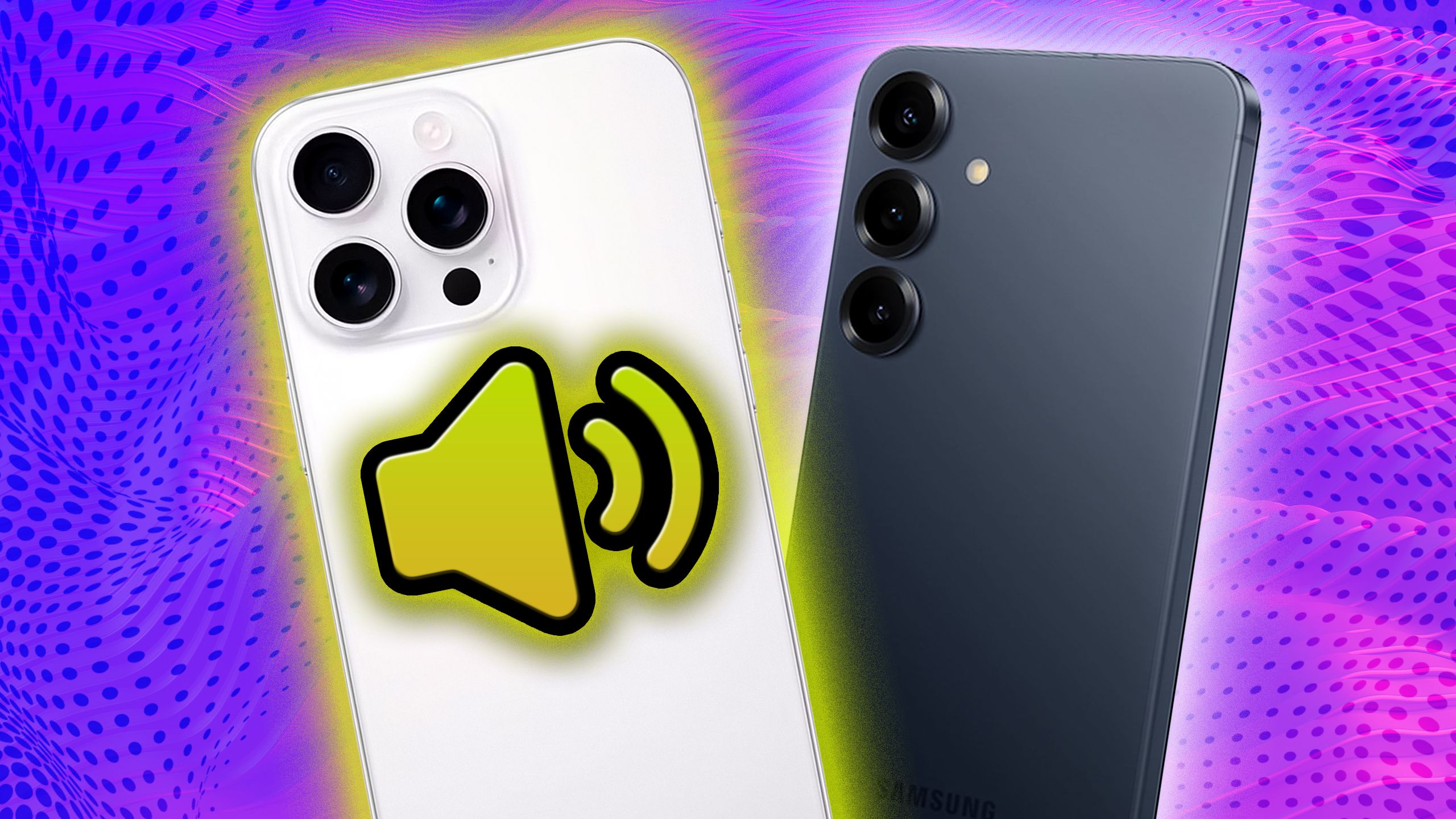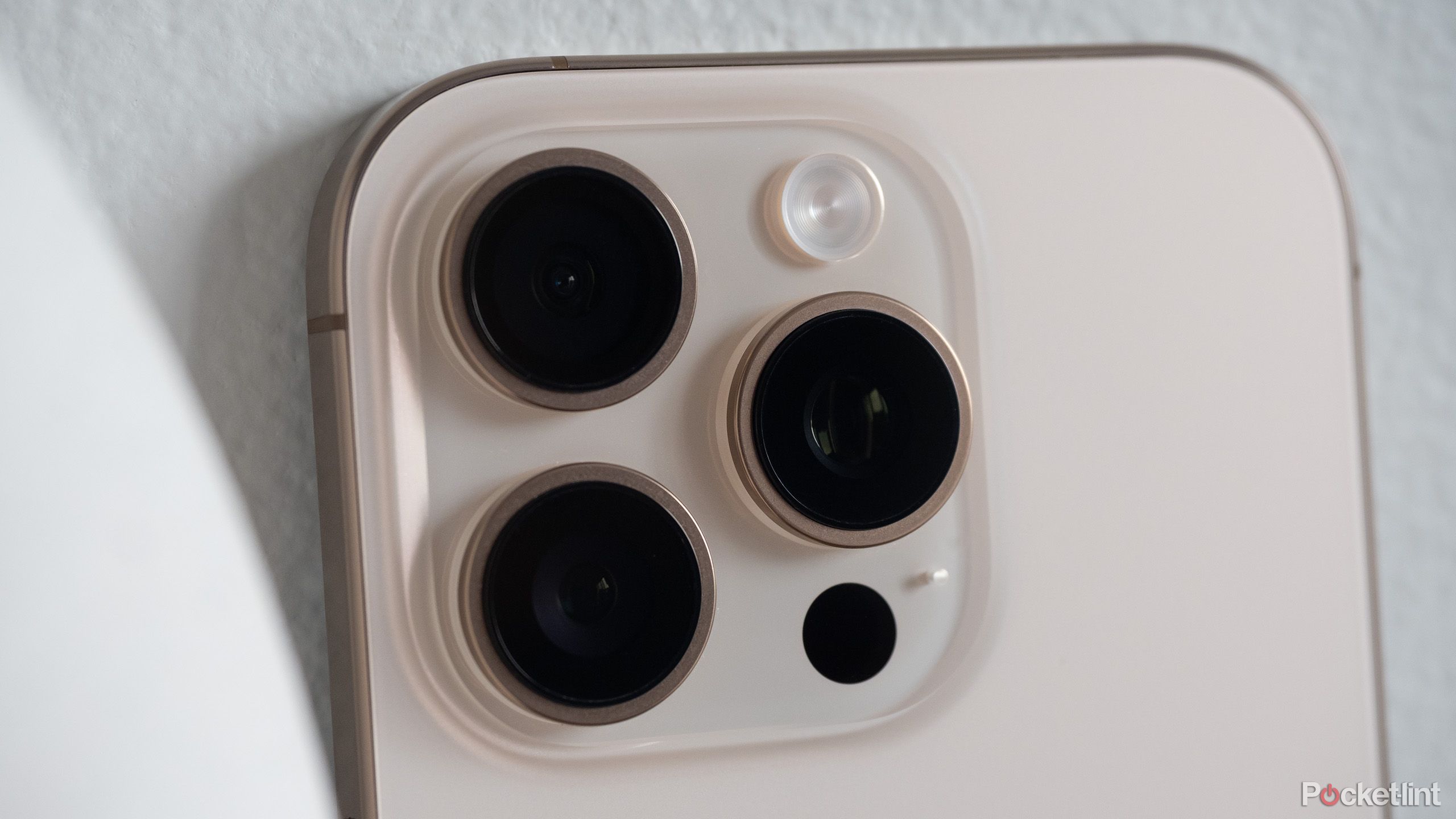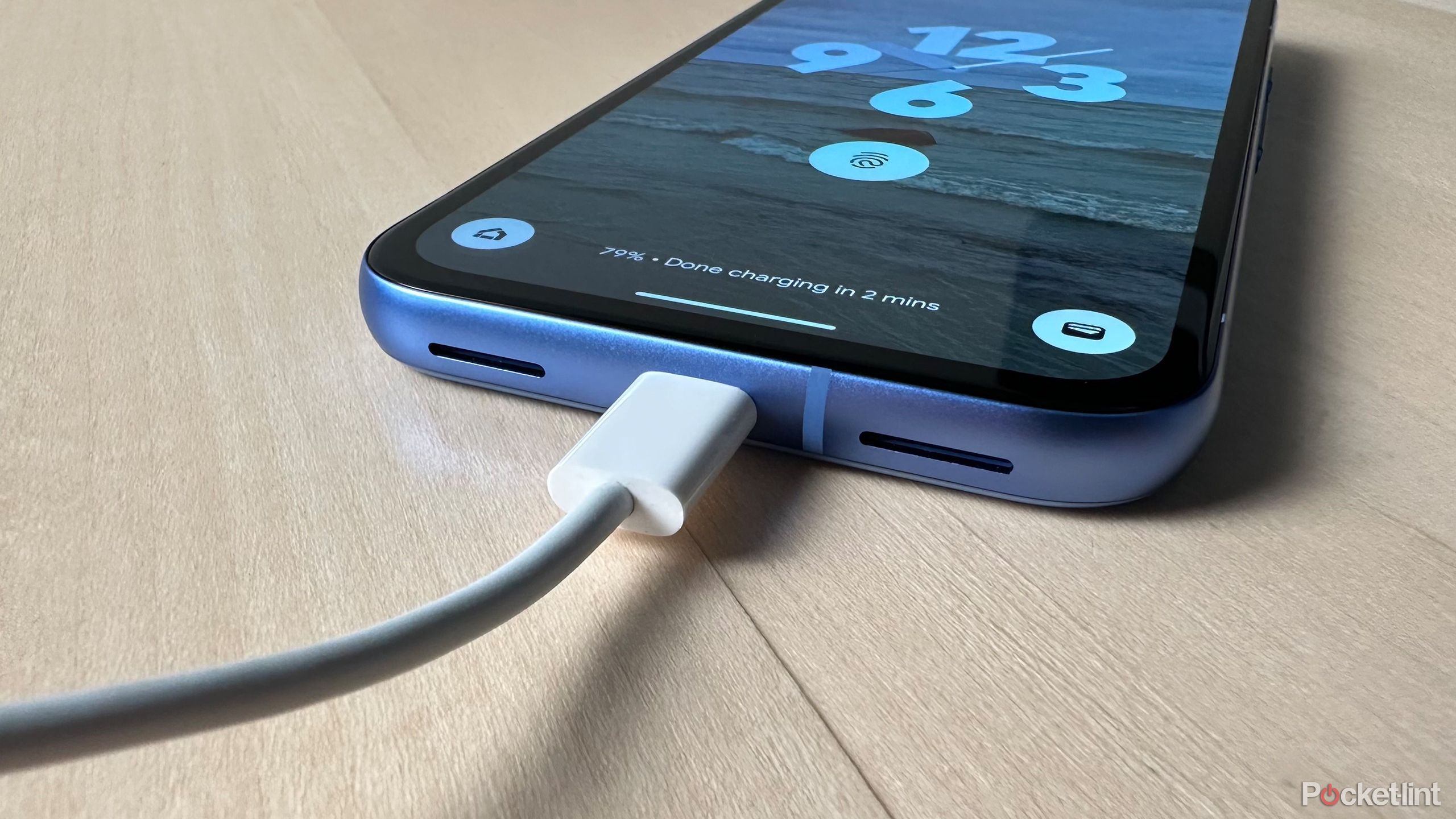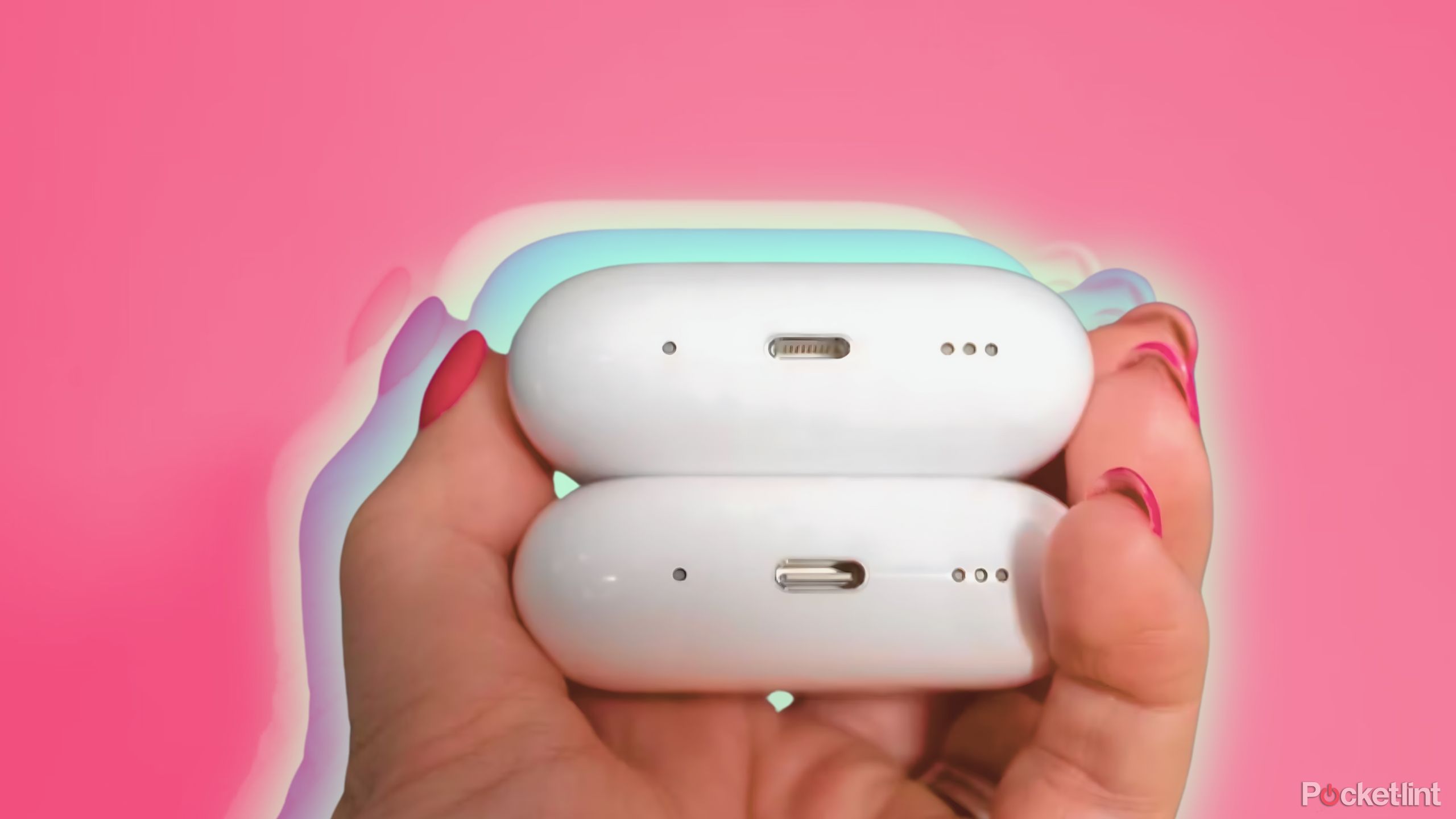Abstract
- Lightning was initially a superior various to Micro-USB and its personal 30-pin connectors.
- A number of years later, although, Apple discovered itself clinging to Lightning regardless of the apparent technical superiority of USB-C.
- It could have been motivated by preserving manufacturing prices down whereas reaping cash from ecosystem lock-in.
Apple has a historical past of championing new tech requirements, which in all probability is no surprise to anybody studying this. The unique Macintosh popularized each mice and graphical person interfaces, and the iMac gave an enormous increase to USB-A. The iPhone was a seismic shift, pulling the smartphone away from the keyboard and stylus designs favored by manufacturers like Nokia and RIM. Should you’re younger sufficient, you won’t even bear in mind how well-liked RIM’s BlackBerry telephones was.
For a quick window, there was a time when Apple was main the way in which in cellular connectors within the type of its Lightning commonplace. By the top of its life, although, Lightning was not solely outdated, however thought-about an indication of higher issues at Apple. So what occurred?
Associated
With the iPhone 16e, is Apple abandoning budget devices?
Some upcoming {hardware} refreshes ought to verify the place Apple is headed.
The start of Lightning
A small answer to a rising downside (actually)
Previous to the arrival of Lightning, most of Apple’s iPhones, iPads, and iPods relied on a proprietary 30-pin connector. On the time, this was ample for energy and knowledge, however Apple was starting to run into severe points with pace and design area. That 30-pin connector was not solely sluggish to cost, however comically giant subsequent to the Micro-USB format used on different telephones — on an iPhone 4, for instance, it occupied a lot of the backside edge, by no means thoughts any inner parts. To maintain iPhones skinny however highly effective, the 30-pin format was going to must go.
Lightning cables and docks grew to become synonymous with residing within the Apple ecosystem.
Micro-USB wasn’t a super answer, although. It was nonetheless restricted in energy supply, and as anybody who’s used the usual will know, Micro-USB cables will be each fragile and onerous to plug in appropriately on the primary strive. A Micro-USB port is a tiny goal, and the connector is non-reversible — there’s just one right “up” facet.
Lightning solved these issues in a single fell swoop, placing it forward of its time. At the moment, it is typically attainable to mistake a Lightning cable for USB-C.
The primary-ever Lightning system was the iPhone 5, launched in September 2012. Apple quickly introduced the know-how to different product traces, although, transport the fifth-gen iPod contact, Seventh-gen iPod nano, 4th-gen iPad, and the unique iPad mini later the identical 12 months. The format grew to become entrenched, even making its solution to headphones and Mac equipment. Lightning cables and docks grew to become synonymous with residing within the Apple ecosystem.

Associated
Is iPhone better than Android for sound quality?
The reply is not as clear-cut because it as soon as would possibly’ve been.
Lightning’s downfall and demise
Dragged — kicking and screaming — into the trendy age
Arguably, Lightning’s destiny was sealed in August 2014, when the USB-C 1.0 specification was printed. The format had an edge out of the gate — whereas Lightning was solely ever a 16-pin commonplace at most, USB-C added one other 8 pins, serving to it ship extra energy and knowledge.
Lightning knowledge tops out at USB 2.0 speeds, about 480Mbps. USB-C began round 5Gbps, and as we speak helps as a lot as 80Gbps when paired with ports and cables utilizing the USB-4 model of the specification. There is a comparable discrepancy in energy — with out particular equipment, Lightning delivers solely 12W, nowhere close to the 60 to 240W some USB-C cables are able to. You possibly can, in concept, energy a high-end gaming laptop computer with the identical wire you employ to prime off your telephone or earbuds.
For years, Apple refused to modify iPhones and iPads over to USB-C, whilst rivals started to place the usual on their telephones and tablets, and the corporate’s personal Macs started adopting the know-how. The corporate even continued to launch new merchandise with Lightning ports, such because the AirPods Max and the primary two generations of iPad Professional.
It was onerous to disregard the writing on the wall, although, together with demand for interchangeable cables that ditched platform exclusivity. iPads slowly transitioned to USB-C, and in October 2022, the European Union handed guidelines making USB-C the default wired charging format. That meant Apple would quickly be unable to promote Lightning merchandise in Europe, and certainly the final iPhones to help Lightning have been 2022’s iPhone 14 and SE fashions. The SE continued to linger round till February 2025, when it was lastly changed by the USB-equipped iPhone 16e.

Associated
The Apple-UK encryption battle is a terrifying echo of San Bernardino
It is an extremely severe subject that would put lives on the road.
Why did Apple maintain on to Lightning for therefore lengthy?
A possible clarification
The official story was avoiding e-waste, however in actuality, it in all probability boiled down to 2 issues: components prices and preserving individuals within the Apple ecosystem. Lightning grew to become so ubiquitous so rapidly that switching over to USB-C was inevitably going to contain a large provide chain expenditure, to not point out redesigning complete product lineups. Fairly than eat that value when USB-C was new and (comparatively) costly, Apple seems to have determined to carry out for so long as attainable.
In the meantime, Lightning allowed the corporate to reap earnings from proprietary equipment, whereas concurrently discouraging individuals from leaping ship to Android. Should you had a house filled with Lightning equipment, switching to Android meant changing all the pieces with USB-C equivalents.
That wasn’t the top of the world, however it was a notch in opposition to Android in the event you have been budget-conscious.
The true thriller could also be why Apple by no means bothered to improve Lightning in any severe method. It’d’ve held on to exclusivity for some time longer, and even established Lightning as its personal common commonplace. Given what number of antitrust battles the corporate has needed to combat, maybe the corporate realized there can be diminishing returns.

Associated
Apple Intelligence’s third-party hooks are the right direction for phone AI
It is about points like personalization, resilience, and privateness.
Trending Merchandise

ASUS 22â (21.45â viewable) 1080P Eye Care Monitor (VZ22EHE) – Full HD, IPS, 75Hz, 1ms (MPRT), Adaptive-Sync, HDMI, Low Blue Light, Flicker Free, HDMI, VGA, Ultra-Slim,Black

CORSAIR iCUE 4000X RGB Tempered Glass Mid-Tower ATX PC Case – 3X SP120 RGB Elite Followers – iCUE Lighting Node CORE Controller – Excessive Airflow – Black

Wireless Keyboard and Mouse Ultra Slim Combo, TopMate 2.4G Silent Compact USB 2400DPI Mouse and Scissor Switch Keyboard Set with Cover, 2 AA and 2 AAA Batteries, for PC/Laptop/Windows/Mac – White

Thermaltake Tower 500 Vertical Mid-Tower Pc Chassis Helps E-ATX CA-1X1-00M1WN-00














